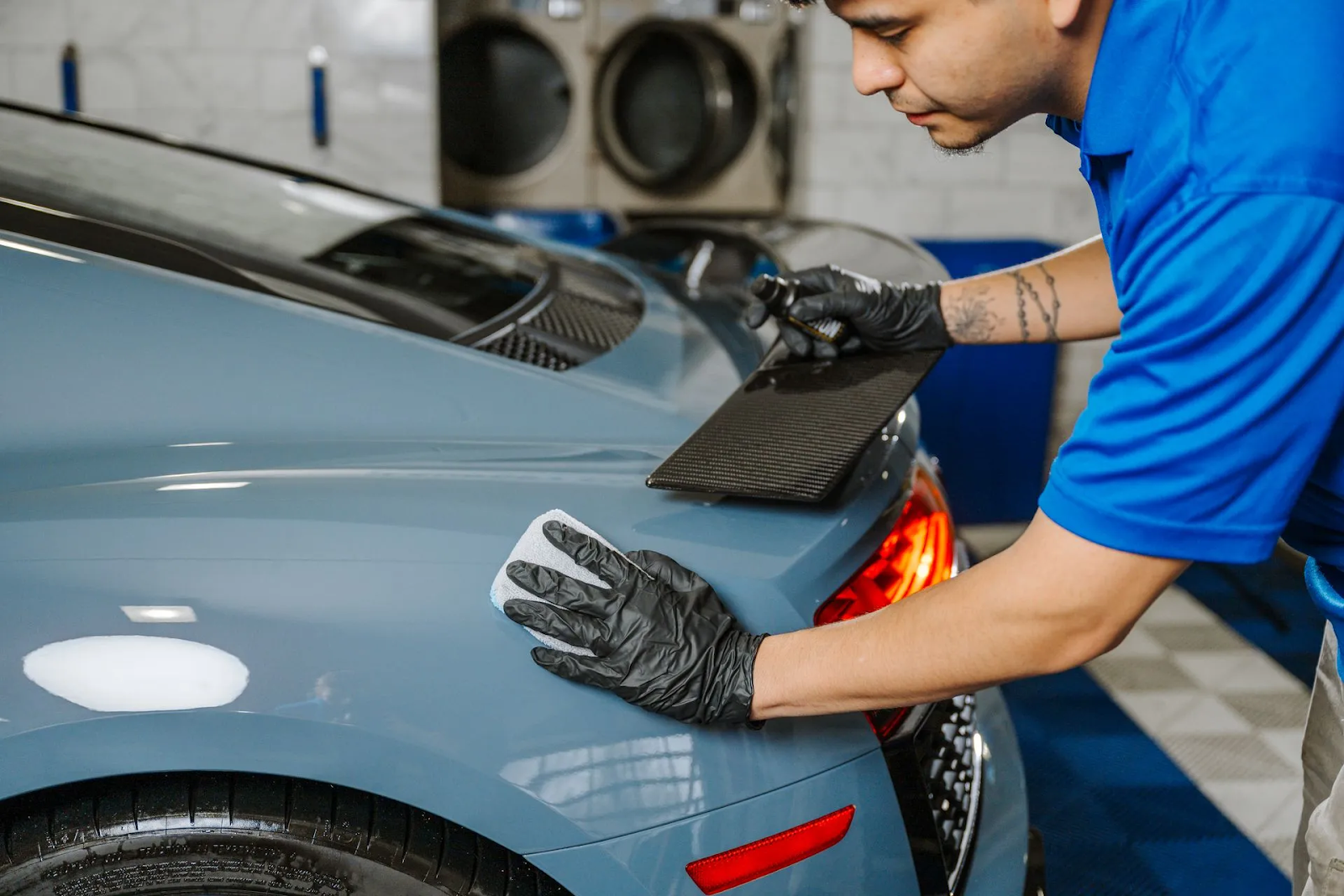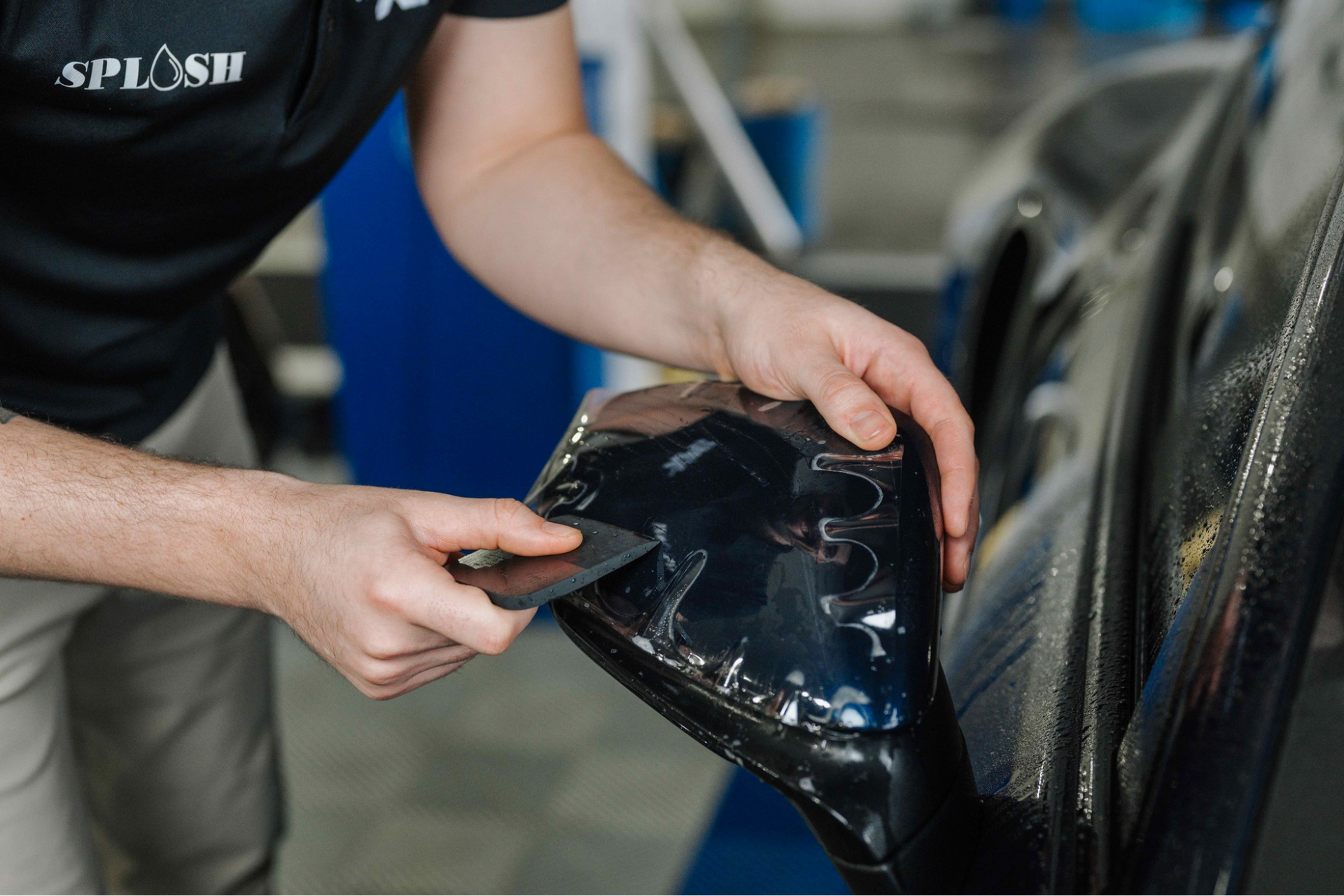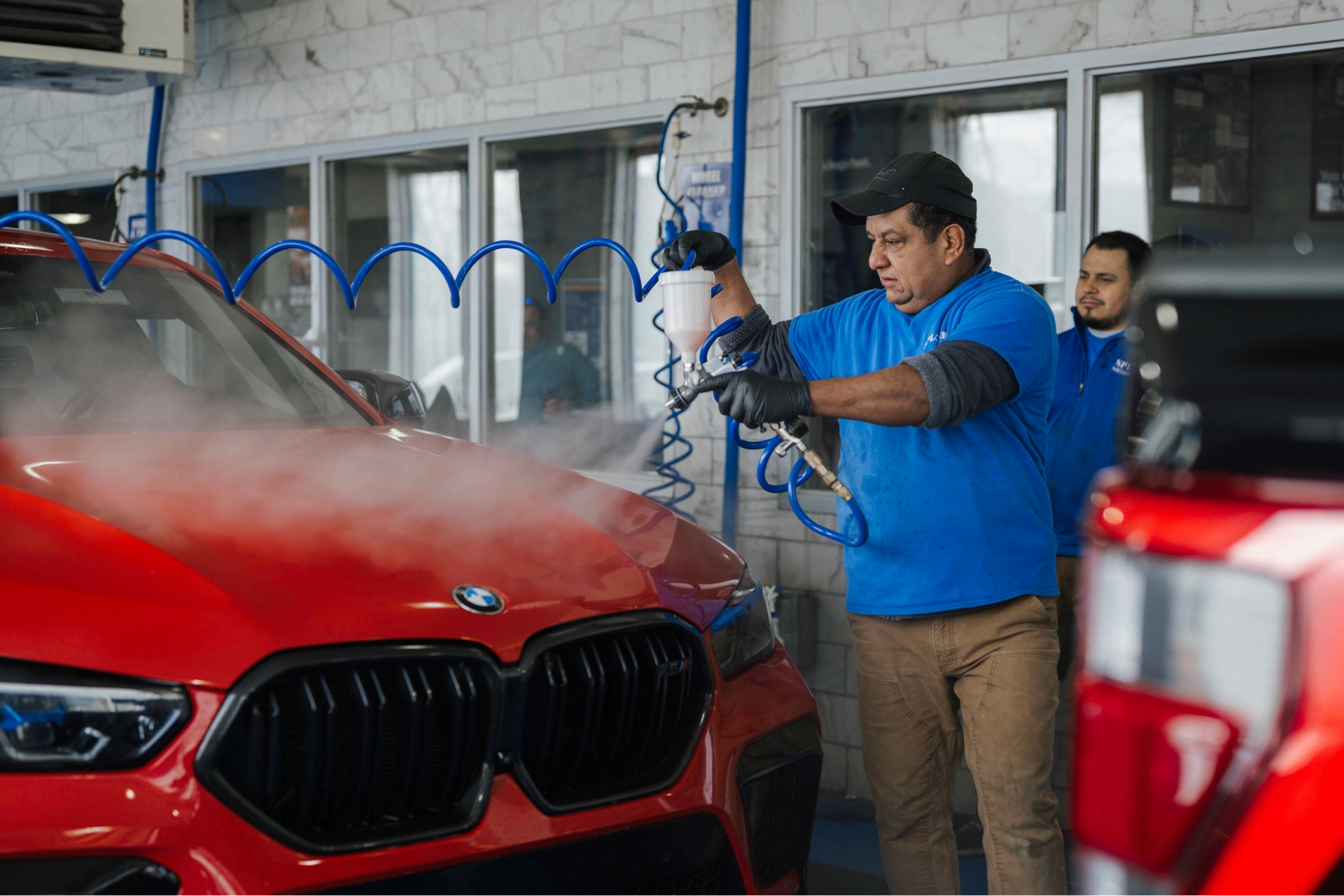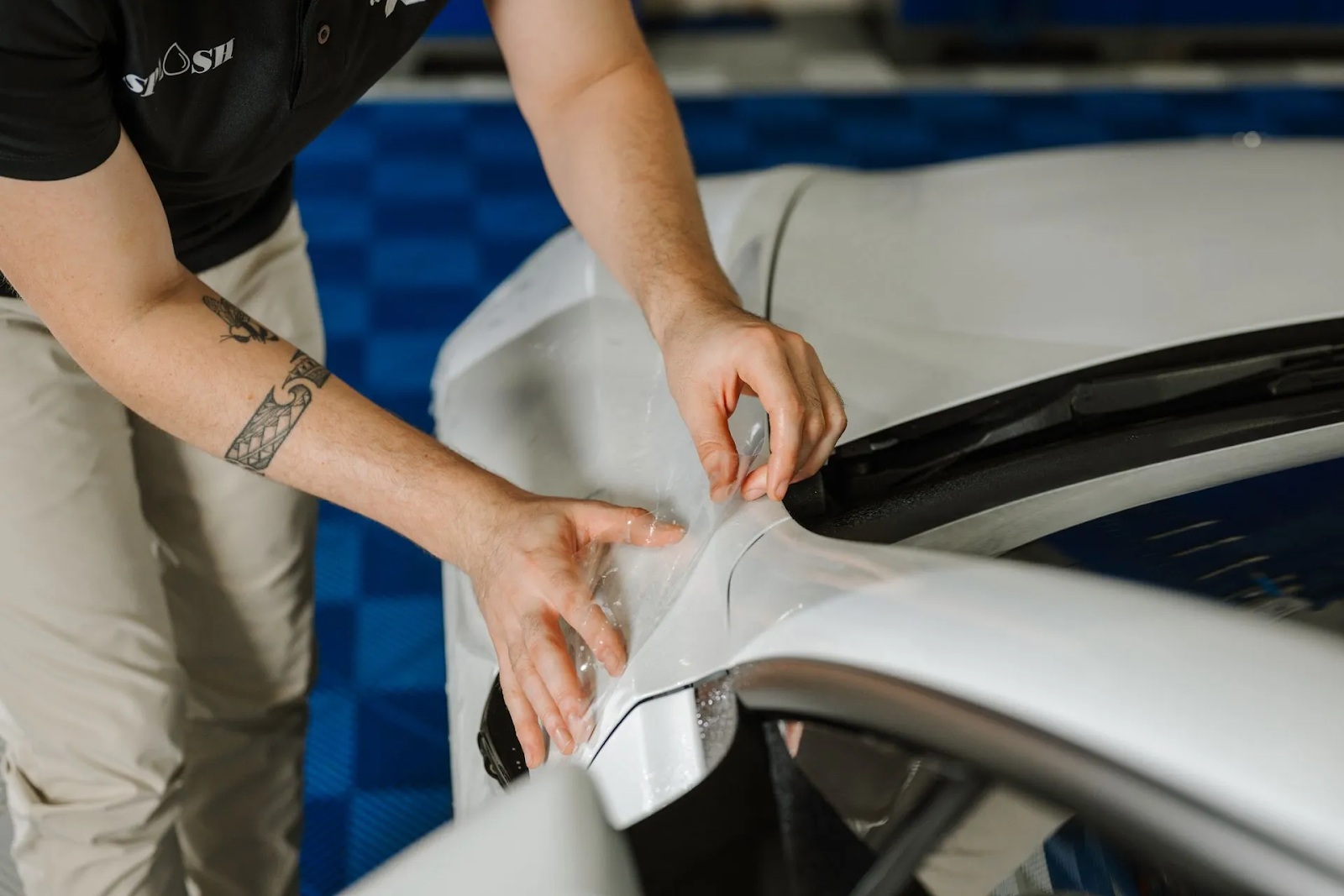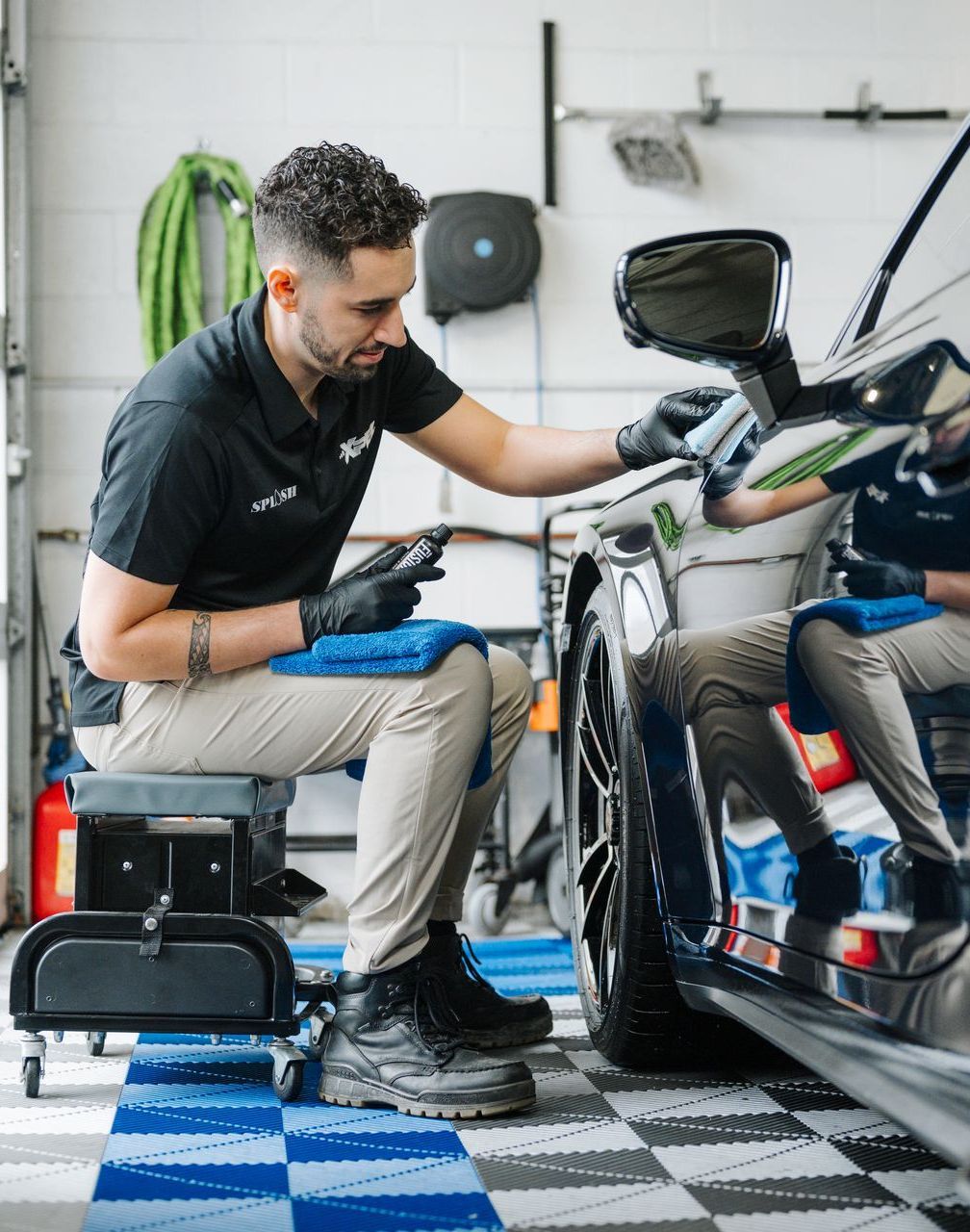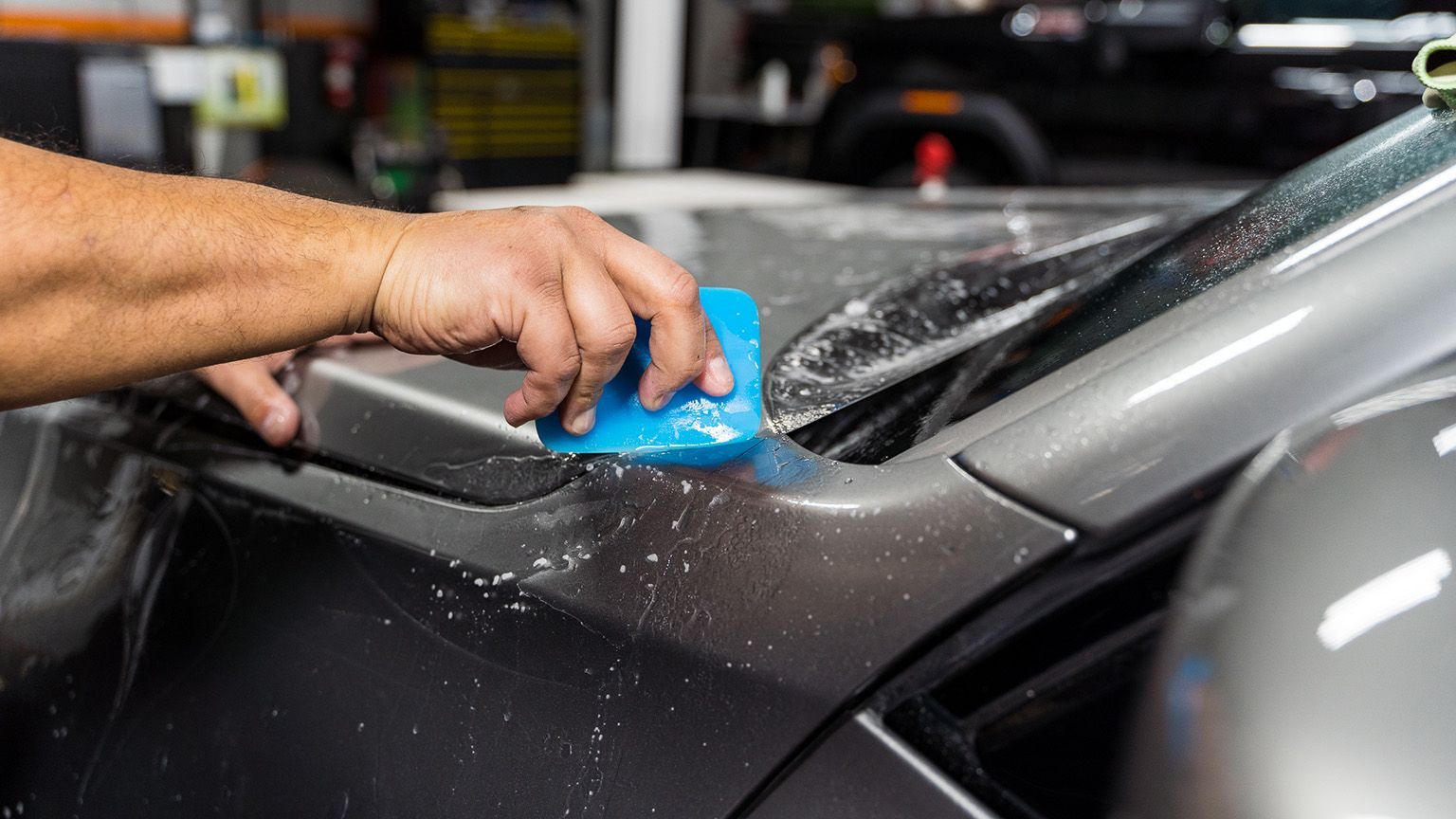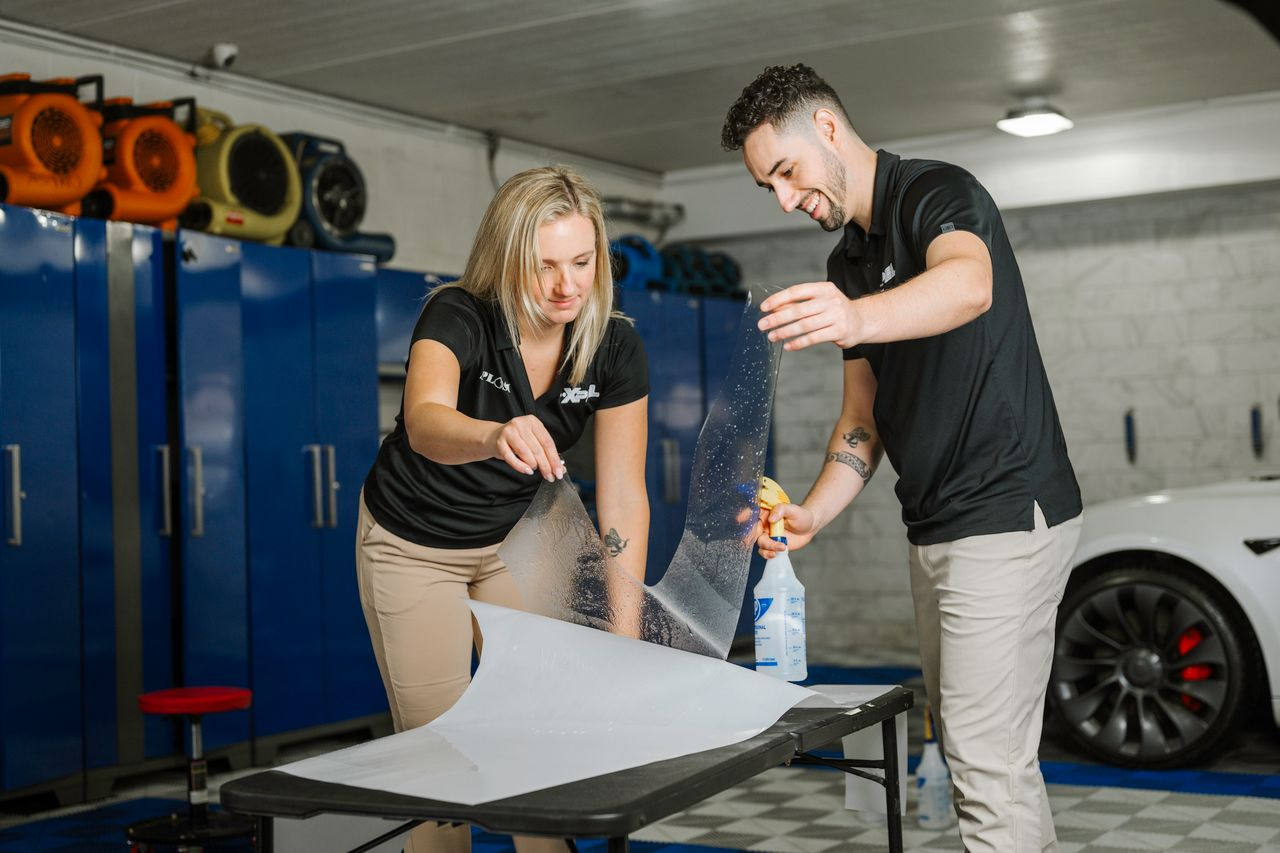Think Washing Your Car Is Simple? Think Again
Washing your car might seem like one of the simplest tasks in vehicle maintenance. Grab a bucket, a sponge, some soap, and start scrubbing—how hard could it be? However, for many car owners, this seemingly harmless chore can result in unintended consequences that affect the look and longevity of their vehicle’s finish.
In Libertyville, IL, it's common for drivers to wash their cars at home, especially during the warmer months. The intention is good: to keep the vehicle clean, protect its appearance, and maybe even save some money. But what many people don’t realize is that not all car washing methods are created equal. In fact, small oversights—like using the wrong soap, failing to rinse properly, or skipping important steps—can cause more harm than good over time.
Without the proper tools, techniques, and knowledge, home washes can actually dull the paint, strip protective coatings, and leave behind water spots or residue. Over time, these errors accumulate, reducing your vehicle’s shine and making it more vulnerable to environmental damage like UV rays, road salt, and contaminants from rain or tree sap.
This is why understanding the most common hand car wash mistakes is so important—not just for car enthusiasts, but for anyone who wants to maintain the appearance and value of their vehicle. By learning what to avoid and how to do things the right way, you can make smarter decisions about car care. Even better, you’ll be able to protect your investment and keep your vehicle looking like new for years to come.
That’s why taking the time to understand the most common hand car wash mistakes—and, more importantly, how to avoid them—is crucial if you want to preserve your vehicle’s appearance and maintain its value over time. Even small errors in your washing routine can have a cumulative effect, gradually reducing the clarity of your paint, weakening any protective coatings, and making your vehicle more susceptible to environmental damage. By learning the proper techniques and using the right tools, you can significantly extend the life of your vehicle’s finish, keep it looking clean and glossy, and avoid unnecessary wear that could lead to costly detailing or refinishing down the road. Whether you’re washing your car at home or evaluating professional options, being informed about what not to do is the first step toward better, safer vehicle care.
1. Using Dish Soap Instead of Automotive Shampoo
One of the most common DIY car washing mistakes is reaching for household dish soap. While it might seem like a convenient substitute, dish soap is formulated to cut through grease and oils on kitchenware—not automotive finishes.
Dish soaps can strip away waxes, sealants, and even degrade ceramic coatings over time. They also contain harsh detergents that can dry out your vehicle’s paint and trim.
What to Use Instead:
Opt for a high-quality car shampoo specifically designed for automotive surfaces. These products are pH-balanced and contain lubricants that lift dirt without compromising your paint or protective coatings.
2. Using Old or Dirty Sponges and Towels
It’s easy to overlook the condition of your wash tools, but using the wrong materials—or even clean materials that have been dropped on the ground—can lead to poor results. Dirty or rough sponges often hold particles of dirt and debris that can cause visible swirl patterns or degrade your vehicle’s finish.
What to Do Instead:
Use clean, soft microfiber wash mitts and drying towels. Rinse them frequently during the wash process, and wash them thoroughly after each use. Never use the same towel for both wheels and paint without washing it first—brake dust and road grime from the wheels can easily transfer to your car’s surface.
3. Washing in Direct Sunlight or on a Hot Surface
In Libertyville, the summer sun can get intense—and washing your car in direct sunlight might seem efficient, but it actually creates problems. Water and soap can dry too quickly on hot surfaces, leaving behind unsightly water spots, soap streaks, or mineral deposits.
Better Practice:
Wash your vehicle in the early morning, late afternoon, or in a shaded area. Cooler temperatures and indirect sunlight help extend working time and ensure a spot-free finish.
4. Skipping the Pre-Rinse
Jumping straight into the scrubbing stage without rinsing your vehicle first is a recipe for trouble. When dry dust and debris sit on the surface, directly wiping or washing can push those contaminants around, dulling the finish.
Correct Method:
Always pre-rinse your car thoroughly with water before touching it with a wash mitt. This removes loose dirt and prepares the surface for safe, effective cleaning.
5. Not Using the Two-Bucket Wash Method
Many DIY washers use just one bucket for both soaping up the mitt and rinsing it—causing dirt and grit to build up in the same water. This increases the risk of reintroducing contaminants back onto your car.
The Right Way:
Use the
two-bucket method:
- One bucket for clean, soapy water
- One bucket with clean water to rinse your mitt after each pass
For even better results, place a grit guard at the bottom of each bucket to trap particles.
6. Using the Wrong Towels to Dry Your Vehicle
Grabbing an old beach towel, T-shirt, or bath towel might seem harmless—but these materials aren’t designed to dry your vehicle’s surface gently. They lack the softness and absorbency of microfiber, and they can leave behind lint or residue.
What to Use:
High-quality microfiber drying towels or a dedicated car-drying cloth. These are gentle, super absorbent, and leave a streak-free finish.
7. Neglecting the Wheels and Undercarriage
Wheels and the undercarriage are among the dirtiest parts of a car. Many drivers either skip them altogether or wash them after finishing the body—causing dirt from the wheels to transfer to clean surfaces.
Best Practice:
Clean your wheels and tires
before washing the rest of the vehicle. Use separate tools and products designed specifically for wheels to avoid cross-contamination. Don’t forget the wheel wells and undercarriage, especially in Libertyville’s winter months when road salt can accumulate and cause corrosion.
8. Using High-Pressure Settings Improperly
While pressure washers can be helpful for removing stuck-on grime, using a high-pressure setting too close to your vehicle's surface can be more harmful than helpful. It can strip wax, damage trim, and push water into areas it doesn’t belong.
Safer Approach:
Use a low- to medium-pressure setting and maintain a safe distance—generally about 2–3 feet away. Focus on gentle, consistent coverage rather than blasting one area.
9. Ignoring Drying Time After Washing
A common mistake is letting your car air dry after a wash. While it may seem efficient, air drying often leaves behind water spots—especially if your water supply contains minerals, which are common in the Libertyville area.
Solution:
Always dry your vehicle with a soft microfiber towel or drying cloth immediately after rinsing. Work panel by panel, and be sure to wring out your towel as it becomes saturated.
10. Not Following a Consistent Wash Schedule
Inconsistent washing habits can lead to build-up from pollen, sap, road grime, or salt. While over-washing isn’t necessary, going too long without cleaning your car can make future washes harder and reduce the lifespan of protective coatings.
Recommended Routine:
Wash your vehicle every 2–3 weeks, depending on the season. During Libertyville winters, more frequent washing may be needed to remove road salt and other contaminants.
Why Professional Hand Washing Makes a Difference
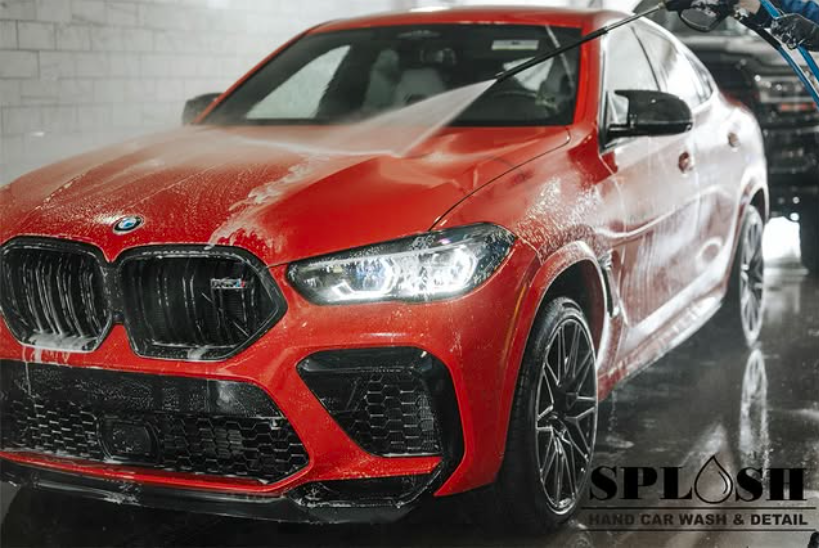
While washing your car at home may seem convenient and cost-effective, it often comes with a high margin for error—especially if you’re unaware of the proper techniques, tools, or products to use. Even with the best intentions, DIY washes can unintentionally compromise your vehicle’s finish and shorten the lifespan of any existing paint protection. That’s why so many drivers in Libertyville, IL, turn to trusted professionals for their vehicle care.
At Splash Hand Car Wash and Detail, we take a meticulous approach to hand washing that prioritizes both cleanliness and long-term protection. Our experienced team is trained in the latest industry techniques and uses only premium, vehicle-safe products to ensure a thorough yet gentle wash every time. From the moment your vehicle enters our facility, it’s treated with attention to detail—starting with a thorough pre-rinse to remove surface debris, followed by a careful hand wash using clean mitts and pH-balanced soaps, and ending with a soft, streak-free drying process.
Unlike automatic washes or at-home methods, professional hand washing reduces the risk of surface damage and ensures that contaminants are properly removed without harming the clear coat or paint. In addition to surface cleaning, we also take steps to preserve existing wax, sealant, or ceramic coatings—helping extend their effectiveness and keep your vehicle looking newer for longer.
What sets us apart is our commitment to delivering a consistently high-quality finish. Whether you drive a compact car, a luxury SUV, or a classic vehicle, we tailor our approach to suit your vehicle’s needs, ensuring it leaves our facility spotless, protected, and ready for the road.
When you choose Splash Hand Car Wash and Detail, you're not just getting a clean car—you're investing in professional care that helps protect your vehicle's appearance, resale value, and longevity.
Let the Pros Protect Your Paint
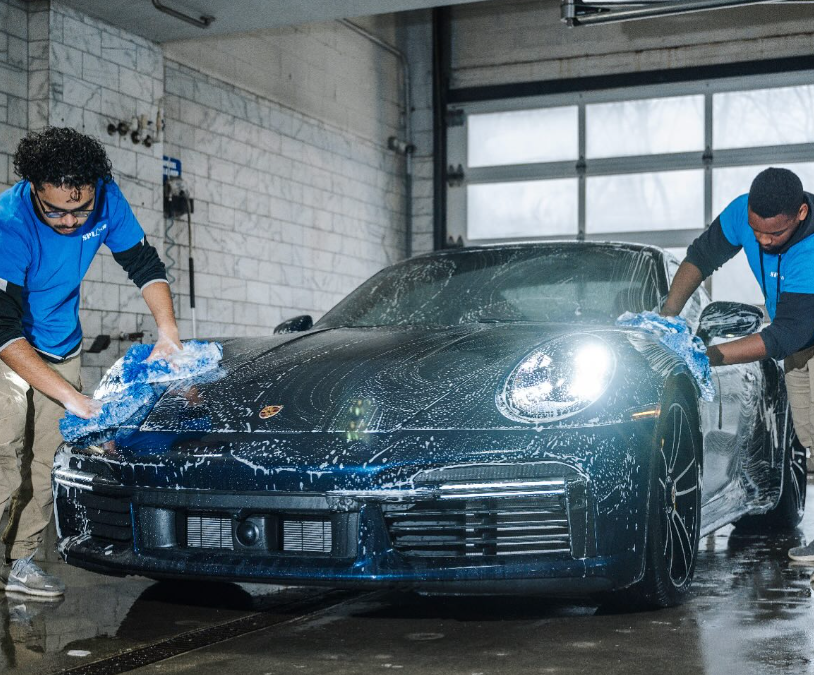
If you've made any of the common hand car wash mistakes mentioned above, you're certainly not alone. Many vehicle owners—whether first-time drivers or longtime enthusiasts—have unknowingly used improper techniques or the wrong products when cleaning their cars. With so much conflicting advice online and a wide variety of DIY products available, it's easy to fall into habits that might do more harm than good.
The good news is that once you're aware of these pitfalls, you can take steps to correct them and protect your vehicle moving forward. Choosing the right tools, methods, and products is a solid start—but for those who want professional results without the trial and error, working with a trusted hand car wash provider is the best option.
At Splash Hand Car Wash and Detail in Libertyville, IL, we specialize in preserving your vehicle’s exterior using proven hand washing techniques, pH-balanced products, and industry-leading equipment. Our team is trained to treat every vehicle with precision and care, ensuring your car gets the gentle but thorough cleaning it needs—without the risks that come with improper washing.
Whether you’re driving a family SUV, a daily commuter, or a luxury sedan, our services are designed to enhance and maintain your vehicle’s appearance over time. We take the guesswork out of car care and give you peace of mind knowing your vehicle is in skilled hands.
Located in Libertyville, IL, we are proud to serve local drivers with reliable, high-quality hand car wash and detailing services. Our goal is not only to make your car look great but to help protect its value and finish for the long haul.
If you’re ready to give your vehicle the care and protection it truly deserves, we invite you to reach out today. Let Splash Hand Car Wash and Detail show you the difference that professional service and attention to detail can make—for a cleaner, better-protected vehicle that looks its best in every season. Schedule a hand wash appointment or contact our team to learn more about our full range of services, including detailing and ceramic coating packages!

